Home>Garden Essentials>How Long Does Synthetic Grass Last?
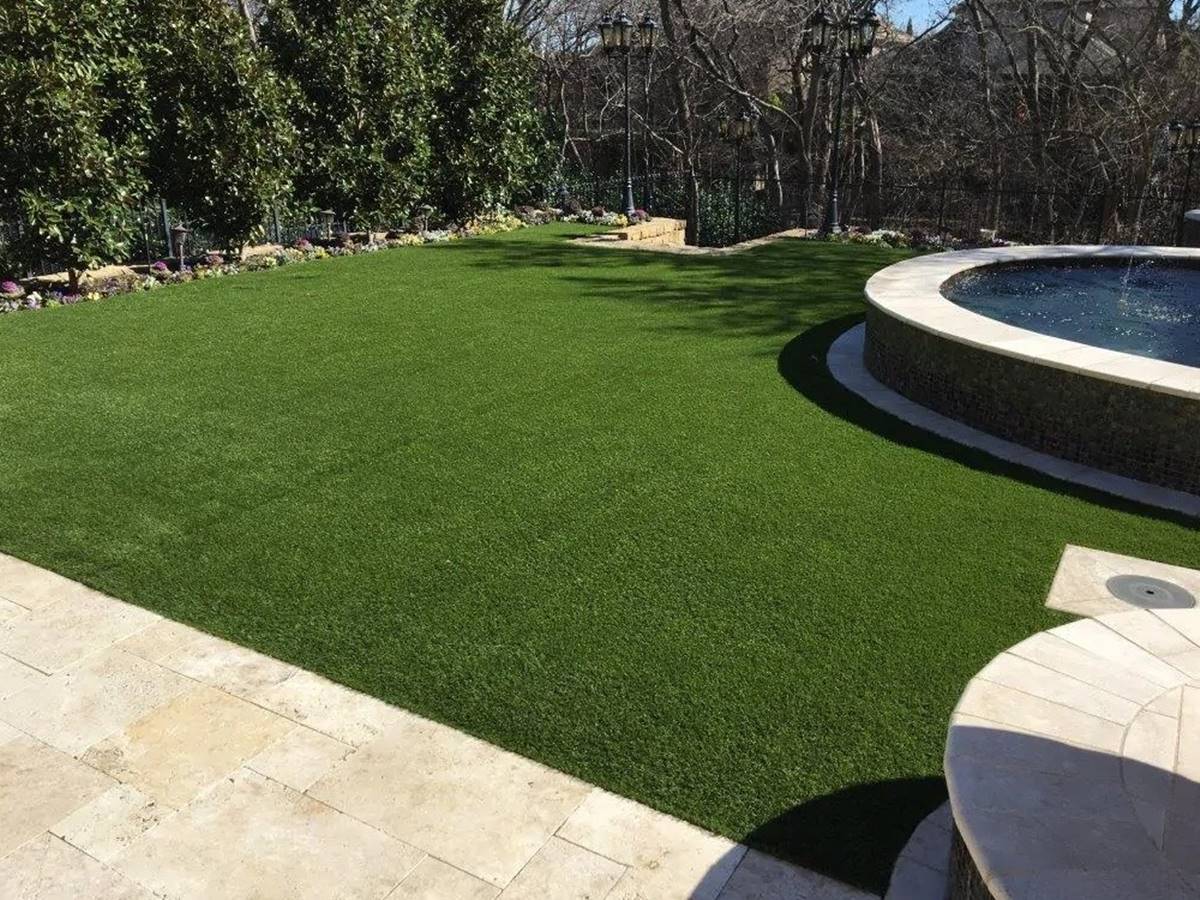

Garden Essentials
How Long Does Synthetic Grass Last?
Modified: March 7, 2024
Learn about the longevity of synthetic grass for your garden. Discover how long it lasts and the benefits of using it in your landscaping project.
(Many of the links in this article redirect to a specific reviewed product. Your purchase of these products through affiliate links helps to generate commission for Storables.com, at no extra cost. Learn more)
Introduction
Welcome to the world of synthetic grass, where lush green lawns can be enjoyed year-round with minimal maintenance. Whether you’re tired of battling weeds, mowing, and watering, or if you simply want to transform a dull outdoor space into a vibrant oasis, synthetic grass is a fantastic choice. However, before making the investment, it’s important to understand how long synthetic grass typically lasts and the factors that can affect its lifespan.
Synthetic grass, also known as artificial turf or fake grass, has come a long way in terms of quality and durability. Today’s advanced materials and manufacturing techniques ensure that synthetic grass can withstand heavy use and various weather conditions. However, the longevity of synthetic grass can differ depending on several factors, including UV exposure, foot traffic, maintenance, installation quality, and more.
In this article, we will explore these factors and provide insights on how you can extend the lifespan of your synthetic grass. But first, let’s dive deeper into each factor that can impact how long your synthetic grass will last.
Key Takeaways:
- Synthetic grass lifespan is affected by UV exposure, foot traffic, maintenance, installation quality, and weather. Regular care, high-quality materials, and professional installation can extend its life for years.
- Signs of synthetic grass deterioration include fading, thinning, matting, visible seams, compacted infill, and pooling water. Regular maintenance and prompt repairs can help prolong its lifespan.
Read more: How Long Does Pesticide Last On Grass
Factors Affecting the Lifespan of Synthetic Grass
When it comes to synthetic grass, its lifespan is influenced by several key factors. Understanding these factors will help you make informed decisions when choosing synthetic grass for your outdoor space. Let’s take a closer look at each of these factors:
- UV Exposure: One of the primary factors that can affect the lifespan of synthetic grass is UV exposure. Over time, prolonged exposure to the sun’s ultraviolet rays can cause the synthetic fibers to fade and break down. High-quality synthetic grass is designed to have UV inhibitors that protect against this damage, but prolonged exposure to intense sunlight can still have an impact.
- Usage and Foot Traffic: The amount of foot traffic your synthetic grass receives will also play a role in its lifespan. Areas that experience heavy use, such as sports fields or play areas, may wear down more quickly compared to areas with light traffic. Consider the intended use of your lawn when choosing the appropriate type of synthetic grass.
- Maintenance and Care: Proper maintenance and care are essential for preserving the lifespan of synthetic grass. Regularly removing debris, such as leaves and twigs, and periodically rinsing the grass to remove dirt and dust will help maintain its appearance and prevent any blockage of drainage. Additionally, brushing the grass fibers to keep them upright and redistributing infill material can help prevent matting and prolong the life of the grass.
- Quality of Installation: The quality of the installation process is crucial for the longevity of synthetic grass. A professional installation ensures that the grass is properly secured, there are no visible seams, and the appropriate base is prepared to provide proper drainage. Poor installation can lead to issues such as uneven surfaces, water pooling, and premature wear and tear.
- Climate and Weather Conditions: The climate and weather conditions in your area can also impact the lifespan of synthetic grass. Extreme temperatures, harsh winters, and heavy rainfall can all affect the integrity of the grass fibers over time. It’s essential to choose synthetic grass that is designed to withstand the specific weather conditions in your region.
By considering these factors and choosing high-quality synthetic grass, you can ensure that your investment will last for many years to come. However, it’s important to be aware of the signs that indicate your synthetic grass may be deteriorating. In the next section, we will explore these signs further.
UV Exposure
UV exposure is one of the significant factors that can impact the lifespan of synthetic grass. Over time, constant exposure to the sun’s ultraviolet rays can cause the synthetic fibers to fade and weaken, leading to a shorter lifespan for your artificial turf.
However, it’s essential to note that high-quality synthetic grass is designed with UV inhibitors to minimize the damage caused by UV radiation. These UV inhibitors help protect the grass fibers from fading and breaking down prematurely. When considering synthetic grass options, look for products that have a high UV stability rating, indicating their resistance to UV degradation.
While UV inhibitors can provide some level of protection, it’s important to be aware that excessive and prolonged exposure to intense sunlight can still have an impact on synthetic grass. Areas that receive intense sunlight for extended periods may experience faster fading and degradation compared to shaded areas or those with moderate sun exposure.
To mitigate the effects of UV exposure, you can take several steps:
- Choose high-quality synthetic grass: Investing in high-quality synthetic grass with UV inhibitors can help extend the lifespan of your turf. Look for products that have been tested and certified to withstand UV exposure.
- Consider shade options: If your outdoor space allows for it, consider adding shade structures or planting trees to provide natural shade for your synthetic grass. This can help reduce the intensity of UV radiation and minimize the risk of fading and degradation.
- Apply UV protectant sprays: There are UV protectant sprays available on the market specifically designed for synthetic grass. These sprays can be applied periodically to provide an extra layer of protection against UV radiation. Be sure to follow the manufacturer’s instructions when using these products.
- Maintain proper care and maintenance: Regularly cleaning and maintaining your synthetic grass can help mitigate the effects of UV exposure. By removing debris and rinsing the grass to remove dust and dirt, you can prevent the buildup of particles that can accelerate UV damage. Additionally, brushing the grass fibers to keep them upright can help distribute any damage caused by UV exposure more evenly.
By being proactive and taking these measures, you can help prolong the lifespan of your synthetic grass and keep it looking vibrant and lush for years to come. Keep in mind that while UV exposure is a significant factor, the overall lifespan of your synthetic grass will also depend on other factors such as usage, maintenance, and installation quality.
Usage and Foot Traffic
The amount of usage and foot traffic that your synthetic grass receives is another critical factor that can impact its lifespan. Higher levels of foot traffic can lead to more wear and tear, causing the synthetic fibers to deteriorate faster.
Areas with heavy foot traffic, such as sports fields, playgrounds, or frequently used pathways, are more prone to experiencing faster wear and flattening of the grass fibers. The constant compression and friction from foot traffic can cause the fibers to break down and lose their original resilience and appearance.
When choosing synthetic grass for areas with high foot traffic, it’s essential to select products that are specifically designed to withstand heavy use. These products are usually more durable and have superior resilience compared to those intended for low-traffic areas.
Additionally, proper maintenance and proactive measures can help alleviate the impact of foot traffic on your synthetic grass’s lifespan:
- Distribute foot traffic: Encourage people to use different areas of your lawn to distribute foot traffic more evenly. By designating specific pathways or using signs to guide foot traffic, you can minimize the concentrated wear on certain areas.
- Install walkways or stepping stones: For areas that experience consistent foot traffic, consider installing walkways or stepping stones. These can help redirect foot traffic and protect the surrounding synthetic grass.
- Regularly brush the grass: Regularly brushing your synthetic grass can help restore the upright position of the fibers and prevent matting. This can be especially important in high-traffic areas, as it helps distribute any wear more evenly across the grass surface.
- Proper infill maintenance: The infill material used in synthetic grass systems provides cushioning and stability. Regularly maintaining and replenishing the infill material, especially in high-traffic areas, can help reduce the impact of foot traffic on the grass fibers.
By considering the level of foot traffic your synthetic grass will endure and implementing proper maintenance strategies, you can help extend its lifespan and keep it looking lush and vibrant for years to come.
Maintenance and Care
Maintenance and care are crucial for preserving the lifespan and appearance of your synthetic grass. Regular upkeep ensures that your artificial turf remains in optimal condition and can withstand the test of time. Here are some essential maintenance and care tips to consider:
- Remove debris: Regularly remove leaves, twigs, and other debris from your synthetic grass. This can be done by using a leaf blower or a soft-bristled broom. Clearing debris helps maintain proper drainage and prevents the accumulation of organic matter, which can lead to the growth of weeds or moss.
- Rinse the grass: Periodically rinse your synthetic grass to remove dust, dirt, and any debris that may have accumulated. Use a hose or sprinkler system to give your lawn a thorough rinse. This process helps keep the grass fibers clean and prevents any blockage of drainage holes.
- Brush the fibers: Regularly brushing the fibers of your synthetic grass helps keep them upright and maintains an even appearance. Use a stiff-bristled broom or a special brush designed for synthetic grass. Brushing also helps redistribute the infill material, preventing it from settling and causing uneven areas.
- Spot clean pet messes: If you have pets, promptly clean up any urine or solid waste to prevent odors and staining. Rinse the affected area with water and use an appropriate pet-friendly cleaner to ensure proper hygiene. Synthetic grass is designed to be pet-friendly and easy to clean, making it an ideal choice for pet owners.
- Control weed growth: Although synthetic grass helps reduce weed growth, occasional weeds may still appear. Regularly inspect your lawn and manually remove any weeds or use an appropriate herbicide to control their growth. Taking proactive measures can help prevent weeds from spreading and damaging your artificial turf.
- Monitor and address drainage issues: Proper drainage is essential for maintaining the integrity of your synthetic grass. Regularly check for any signs of poor drainage, such as water pooling or slow drainage. Address any issues promptly to prevent water from causing damage or creating an uneven surface.
Remember, different synthetic grass products may have specific maintenance requirements, so it’s essential to consult the manufacturer’s recommendations for the best care practices. By implementing regular maintenance and care routines, you can extend the lifespan of your synthetic grass and ensure it remains as vibrant and beautiful as the day it was installed.
Synthetic grass can last 15-25 years with proper maintenance and care. Regular brushing, cleaning, and avoiding heavy foot traffic can help extend its lifespan.
Read more: How Long Does June Grass Last
Quality of Installation
The quality of installation is a critical factor that can significantly impact the lifespan and performance of your synthetic grass. A professionally installed artificial turf system ensures that it is properly secured, has seamless seams, and includes adequate drainage. Here are some key aspects of installation quality:
- Preparing the base: The base layer serves as the foundation for your synthetic grass. It should be properly prepared to ensure sufficient drainage and stability. The base should be appropriately graded, compacted, and may include materials such as crushed stone or decomposed granite.
- Securing the turf: Properly securing the synthetic grass is essential to prevent movement, wrinkles, or unevenness. It should be securely anchored at the edges and seams to ensure a seamless and visually appealing installation. This can be done using adhesive, nails, or other appropriate fasteners.
- Seaming: If your synthetic grass installation requires multiple rolls, it’s crucial to achieve seamless and invisible seams. Proper seaming techniques, such as using specialized adhesive and seaming tape, should be employed to ensure a smooth transition between the rolls.
- Drainage system: Adequate drainage is key to maintaining the health and longevity of your synthetic grass. A well-designed drainage system should be included during the installation process to ensure water can efficiently drain away. This includes perforated pipes, gravel layers, and a properly sloped base.
- Edging and borders: Installing appropriate edging and borders around your synthetic grass helps with the containment and stabilization of the system. This prevents the edges from lifting or shifting over time and maintains a clean and polished appearance.
While some homeowners may choose to undertake a DIY installation, it’s generally recommended to hire professional installers for the best results. Professionals have the knowledge, skills, and experience to ensure the installation is done correctly and to industry standards.
A poorly installed synthetic grass system can lead to a range of issues, including uneven surfaces, poor drainage, premature wear and tear, and potential structural damage. Investing in a quality installation may initially cost more but can save you time, money, and frustration in the long run.
When selecting an installer, ensure they have a track record of successful installations and positive customer reviews. Request references and ask to see samples of their previous work to gauge their expertise and attention to detail.
By prioritizing the quality of installation, you can maximize the lifespan and performance of your synthetic grass, enjoying a lush and beautiful outdoor space for years to come.
Signs of Synthetic Grass Deterioration
While synthetic grass is designed to be durable and long-lasting, over time, signs of wear and deterioration may become evident. Recognizing these signs early can help you take appropriate actions to prevent further damage and extend the lifespan of your artificial turf. Here are some common signs of synthetic grass deterioration to look out for:
- Fading: Prolonged exposure to UV radiation can cause synthetic grass to fade over time. Faded areas may appear lighter or discolored compared to the original vibrant green color. Pay attention to areas that receive direct sunlight for extended periods, as these are more prone to fading.
- Thinning: With heavy use and foot traffic, the synthetic grass fibers can gradually wear down, resulting in thinning patches. Thinning areas may appear less dense or have shorter fibers compared to the surrounding grass. This is especially common in high-traffic areas or places where repetitive movements occur, such as around swings or goal posts.
- Matted appearance: Lack of regular brushing and maintenance can cause synthetic grass to become matted and flattened. The grass fibers may lose their upright position and clump together, resulting in a less natural and aesthetically pleasing appearance. These matted areas may also be more prone to compacting and not bounce back as well.
- Visible seams or tears: If the synthetic grass installation was not properly executed, visible seams or tears may appear over time. Seams that separate or tears in the grass can allow moisture accumulation or soil intrusion, leading to potential issues such as water pooling or weed growth. It’s important to address these issues promptly to prevent further damage.
- Compacted infill: Over time, the infill material used in synthetic grass systems can become compacted due to foot traffic or weather conditions. Compacted infill leads to poor drainage and reduced cushioning, which can impact the performance and lifespan of the artificial turf. Regularly brushing and redistributing the infill material helps prevent compaction.
- Pooling water: Proper drainage is essential for synthetic grass systems. If you notice pooling or standing water on your artificial turf after rain or irrigation, it could indicate a drainage issue. It’s important to address this promptly to prevent water damage and uneven surfaces.
It’s important to note that the rate of deterioration can vary depending on factors such as usage, maintenance, and environmental conditions. Regular inspections and proactive maintenance can help identify any signs of deterioration early on and allow for timely repairs or adjustments.
If you observe any of the signs mentioned above or have concerns about the condition of your synthetic grass, it’s advisable to consult with a professional installer or synthetic grass expert. They can assess the situation and provide guidance on the best course of action to restore and prolong the lifespan of your artificial turf.
Extending the Lifespan of Synthetic Grass
To ensure your synthetic grass remains in optimal condition for as long as possible, it’s important to implement proper care and maintenance strategies. By following these tips, you can extend the lifespan of your artificial turf:
- Regular cleaning: Remove leaves, debris, and other organic matter from your synthetic grass regularly. This prevents the accumulation of materials that can block drainage and lead to the growth of weeds or moss. Use a leaf blower, soft-bristled broom, or gentle raking to keep your lawn clean.
- Rinse regularly: Periodically rinse your synthetic grass with water to remove dust, dirt, and any small particles that may have settled. This helps keep the grass fibers clean and fresh, maintaining their vibrant appearance.
- Brush the fibers: Regularly brushing the fibers of your synthetic grass helps promote an upright position and prevents matting. Use a stiff-bristled broom or a brush specifically designed for synthetic grass. This helps redistribute the infill material and prevents uneven wear and tear.
- Maintain proper infill levels: The infill material used in synthetic grass systems helps provide stability, cushioning, and proper drainage. Regularly check the infill levels and add more if necessary to ensure optimal performance and longevity of your artificial turf.
- Address pet waste promptly: If you have pets, promptly clean up any urine or solid waste to prevent odors and staining. Rinse the affected area with water and use an appropriate pet-friendly cleaner. Regularly rinsing pet urine spots can help prevent any potential damage to the grass fibers.
- Address drainage issues: Ensure proper drainage by regularly inspecting the drainage system and removing any debris or obstructions that may impede water flow. Proper drainage prevents water pooling, which can lead to compaction and other issues that could shorten the lifespan of your synthetic grass.
- Be cautious with heat sources: Avoid placing hot objects, such as grills or fire pits, directly on your synthetic grass. High heat sources can melt or damage the fibers. Use protective mats or barriers when necessary to prevent any potential damage.
- Proper usage: Be mindful of how you use your synthetic grass. Minimize heavy equipment or sharp objects on the surface, as they can cause damage. Avoid dragging heavy items or placing excessive weight on one spot for an extended period.
Regular maintenance and care, combined with mindful usage, can significantly extend the lifespan of your synthetic grass. It’s also essential to follow any specific care instructions provided by the manufacturer to ensure you are maintaining your artificial turf correctly.
Lastly, consider having periodic professional inspections and maintenance. Synthetic grass experts can assess the condition of your lawn, identify any potential issues, and provide specialized care to help extend its lifespan. They can also conduct repairs or replacements if needed.
By taking a proactive approach and investing time in proper care, you can enjoy the benefits of a beautiful, long-lasting synthetic grass lawn for many years to come.
Conclusion
Synthetic grass offers a convenient and aesthetically pleasing alternative to natural grass, providing a lush and vibrant outdoor space with minimal maintenance. Understanding the factors that can impact the lifespan of your synthetic grass is essential for making informed decisions and ensuring the longevity of your investment.
UV exposure, usage and foot traffic, maintenance and care, quality of installation, and climate and weather conditions all play significant roles in determining how long your synthetic grass will last. By considering these factors and taking proactive measures, you can extend the lifespan of your artificial turf and keep it looking beautiful for years to come.
Regular maintenance practices such as removing debris, rinsing the grass, and brushing the fibers help preserve the appearance and functionality of your synthetic grass. Proper infill maintenance, monitoring drainage, and promptly addressing any issues that arise are also crucial steps in extending the lifespan of your artificial turf.
Choosing high-quality synthetic grass with UV inhibitors and ensuring a professional installation will provide a solid foundation for longevity. Additionally, being mindful of usage and being cautious with heat sources can prevent unnecessary damage to your synthetic grass.
Remember, regular inspections and professional maintenance can help identify any potential issues early on, ensuring they are addressed promptly to prevent further damage and extend the lifespan of your synthetic grass.
With proper care and attention, your synthetic grass can continue to provide a beautiful and low-maintenance outdoor space for you and your family to enjoy for years to come.
Frequently Asked Questions about How Long Does Synthetic Grass Last?
Was this page helpful?
At Storables.com, we guarantee accurate and reliable information. Our content, validated by Expert Board Contributors, is crafted following stringent Editorial Policies. We're committed to providing you with well-researched, expert-backed insights for all your informational needs.
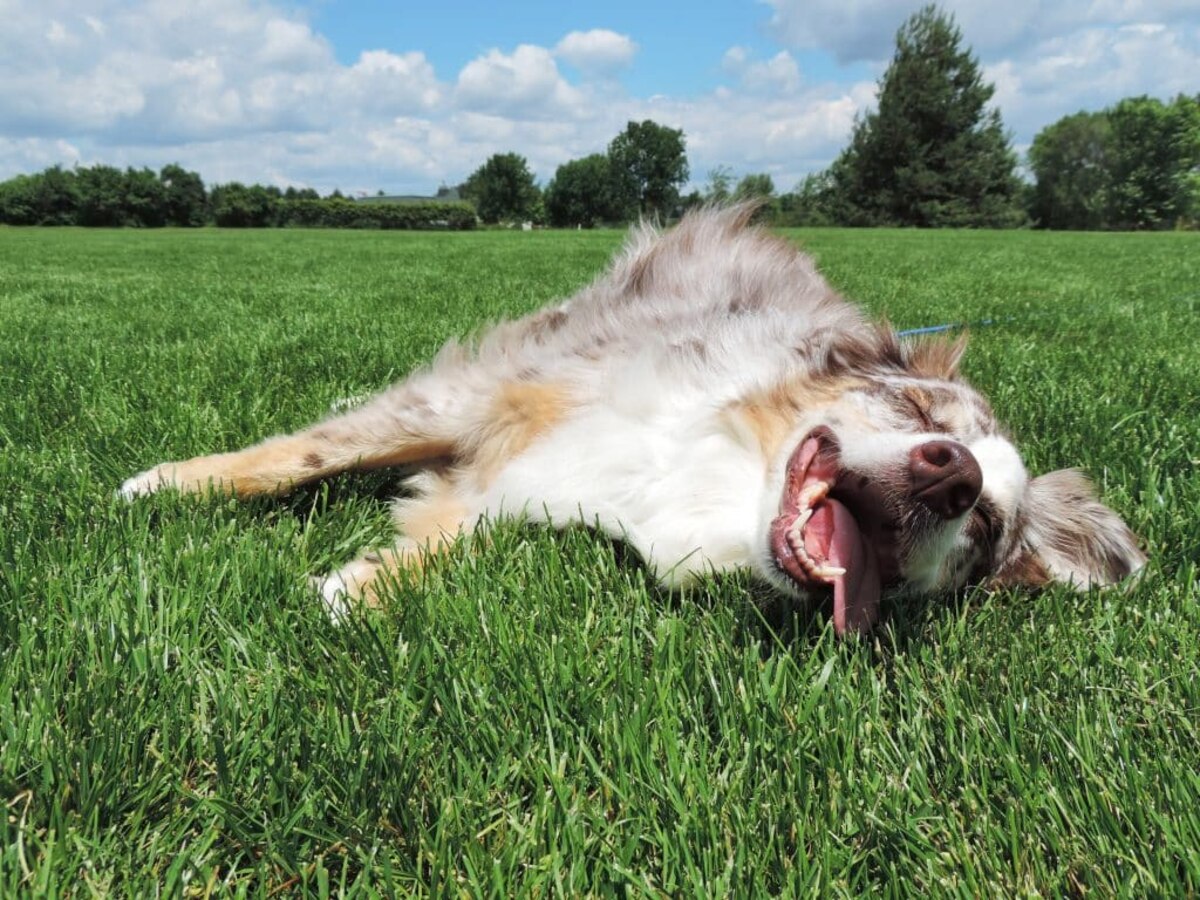
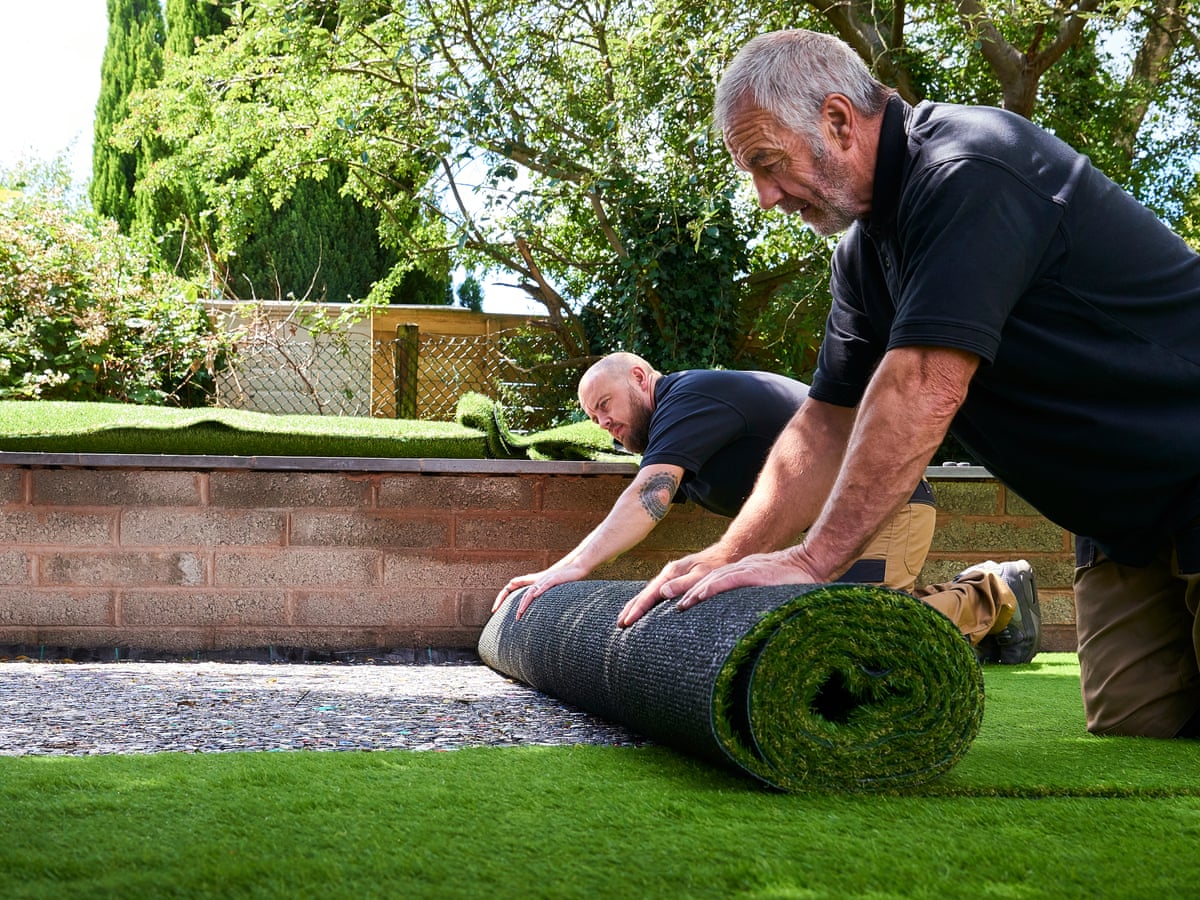
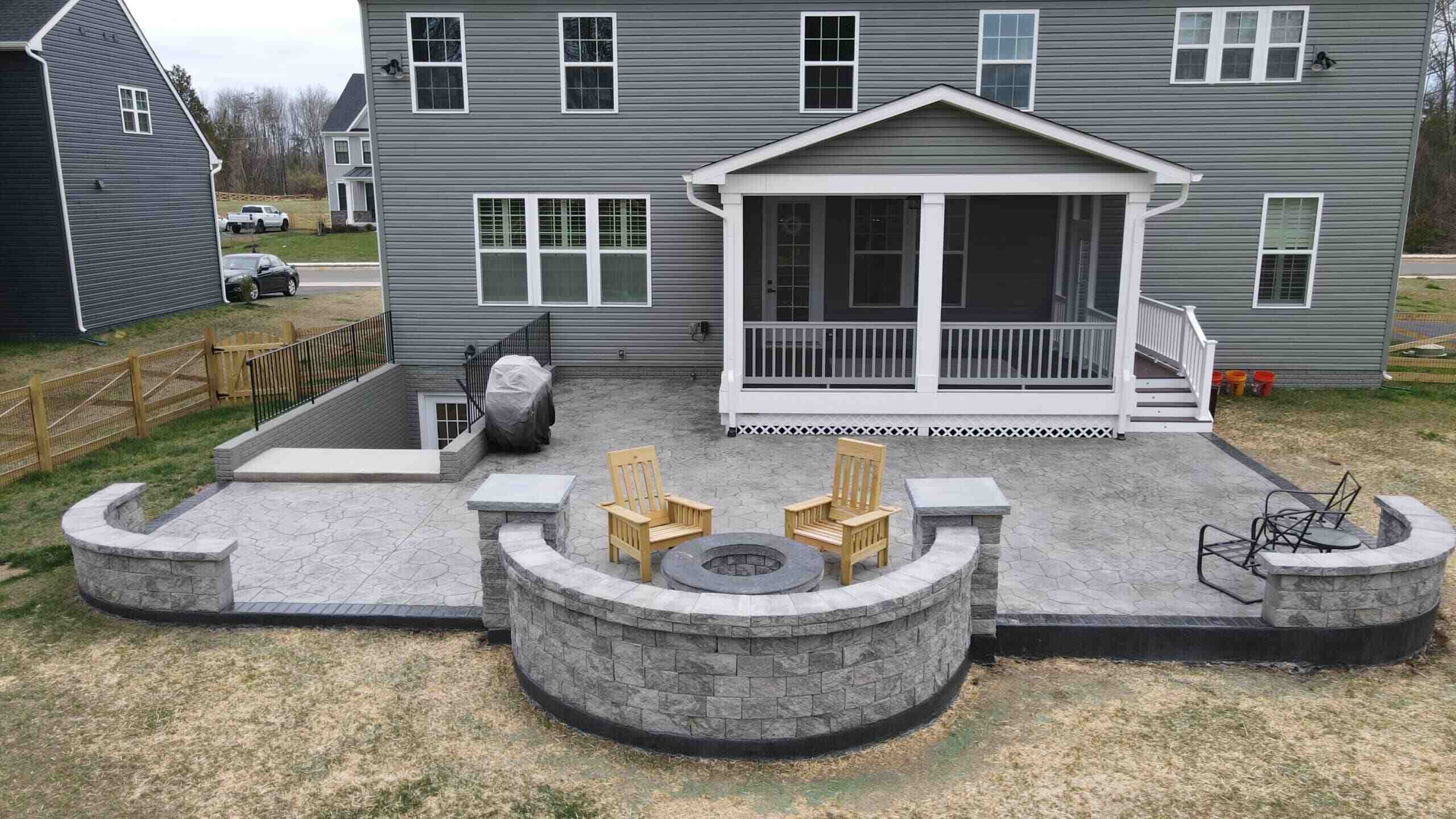

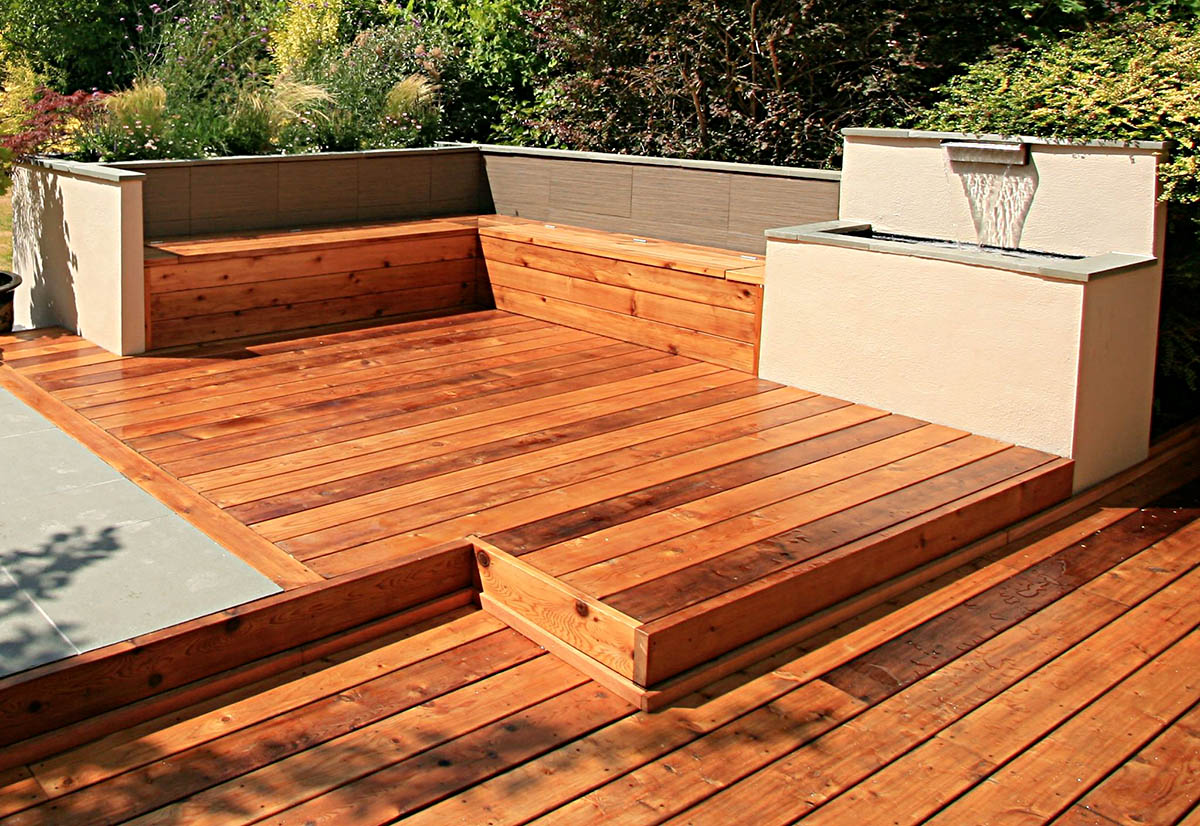
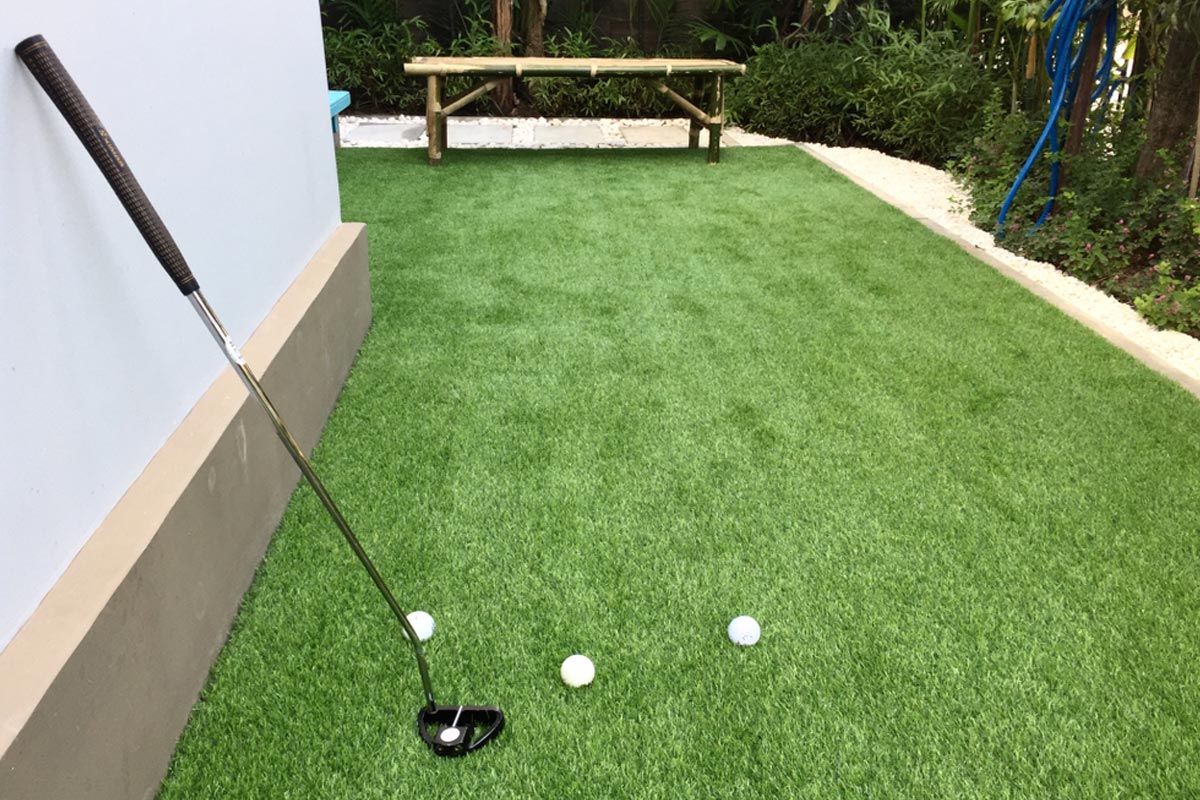
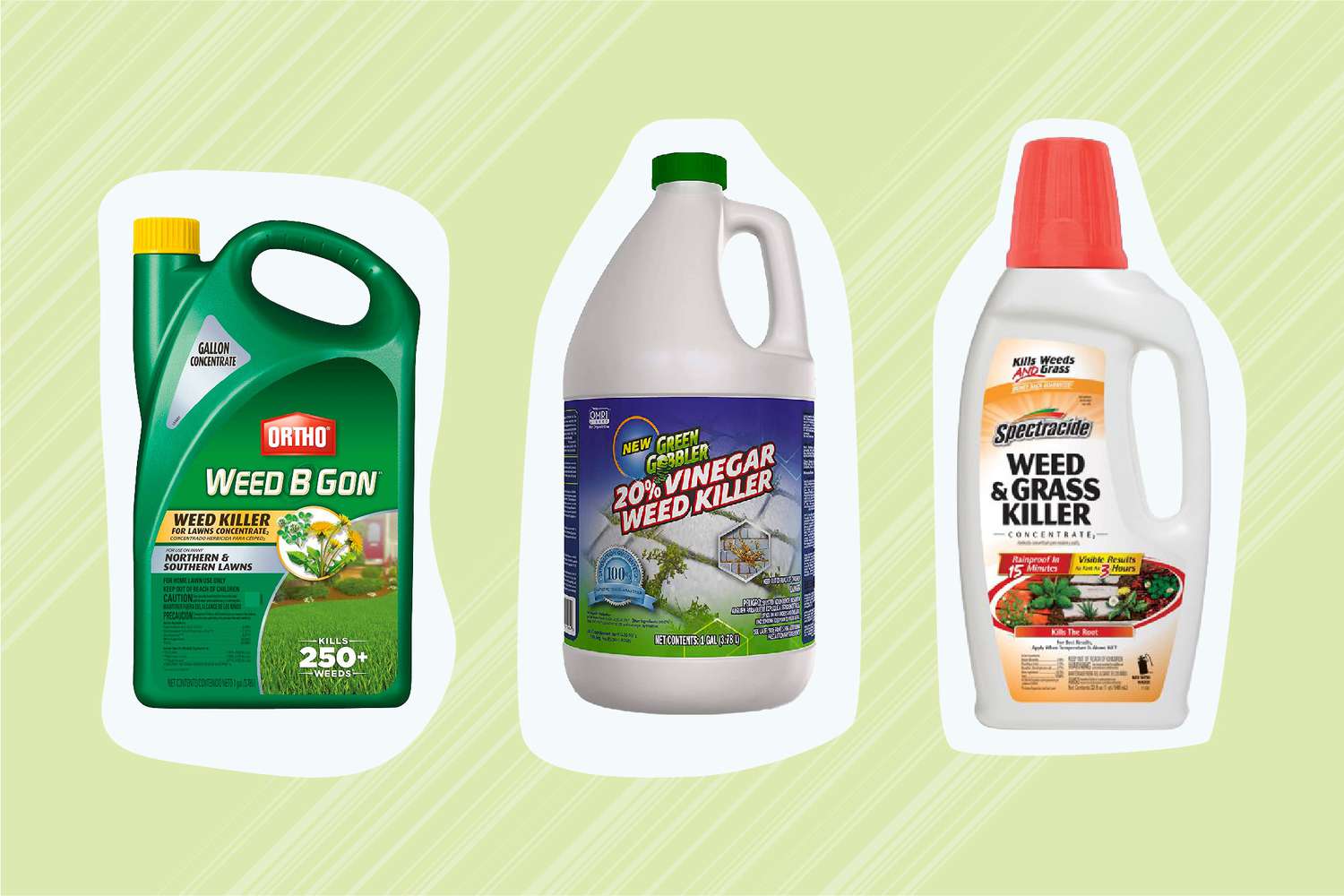
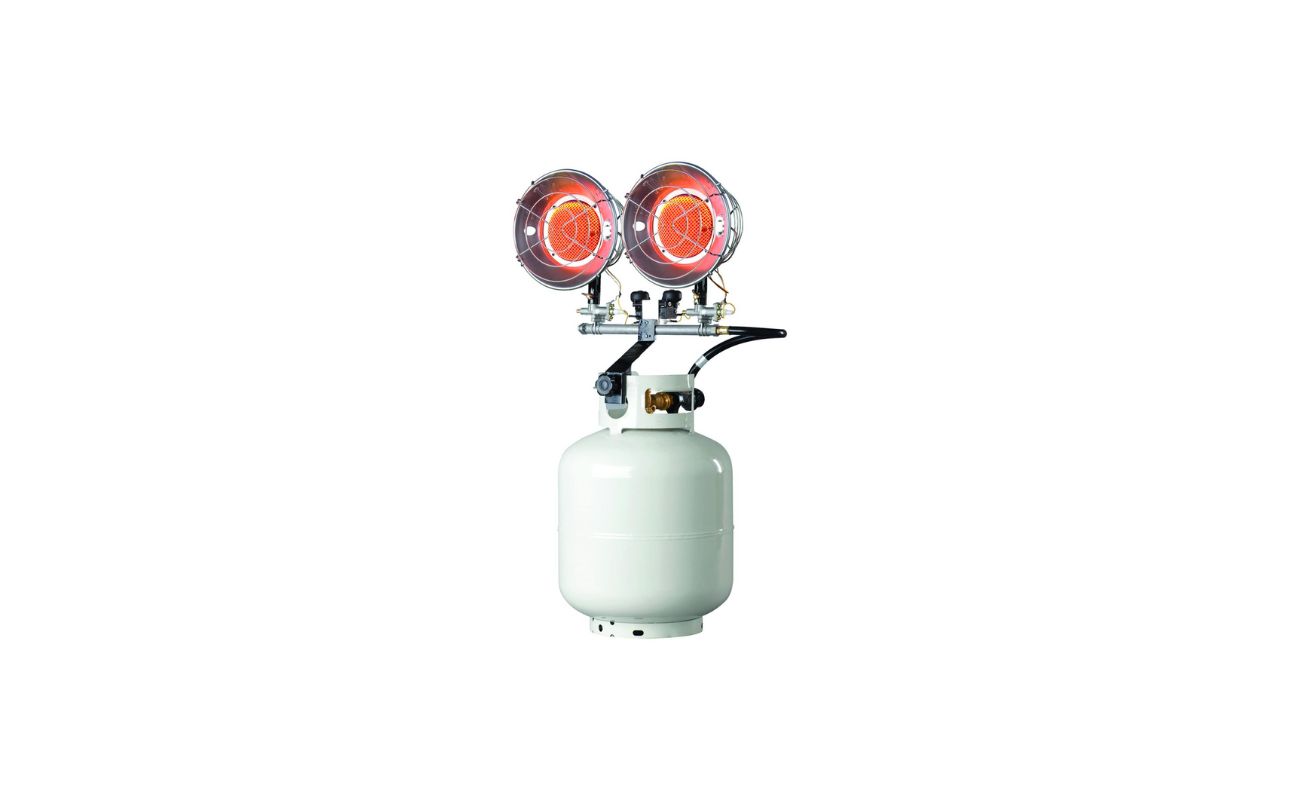
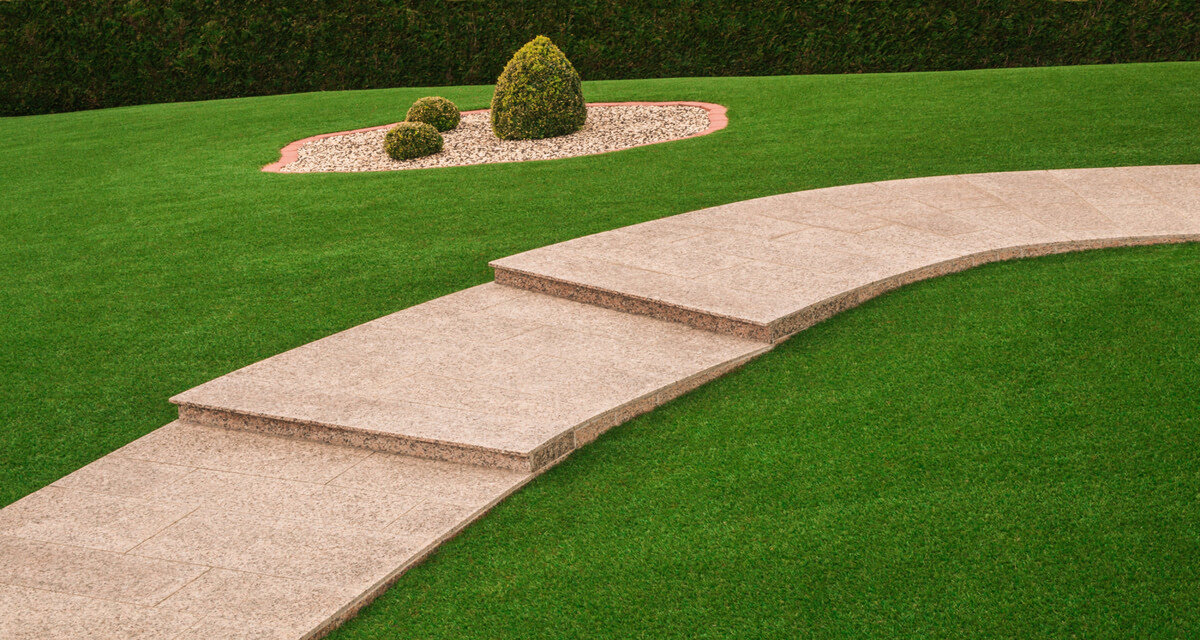
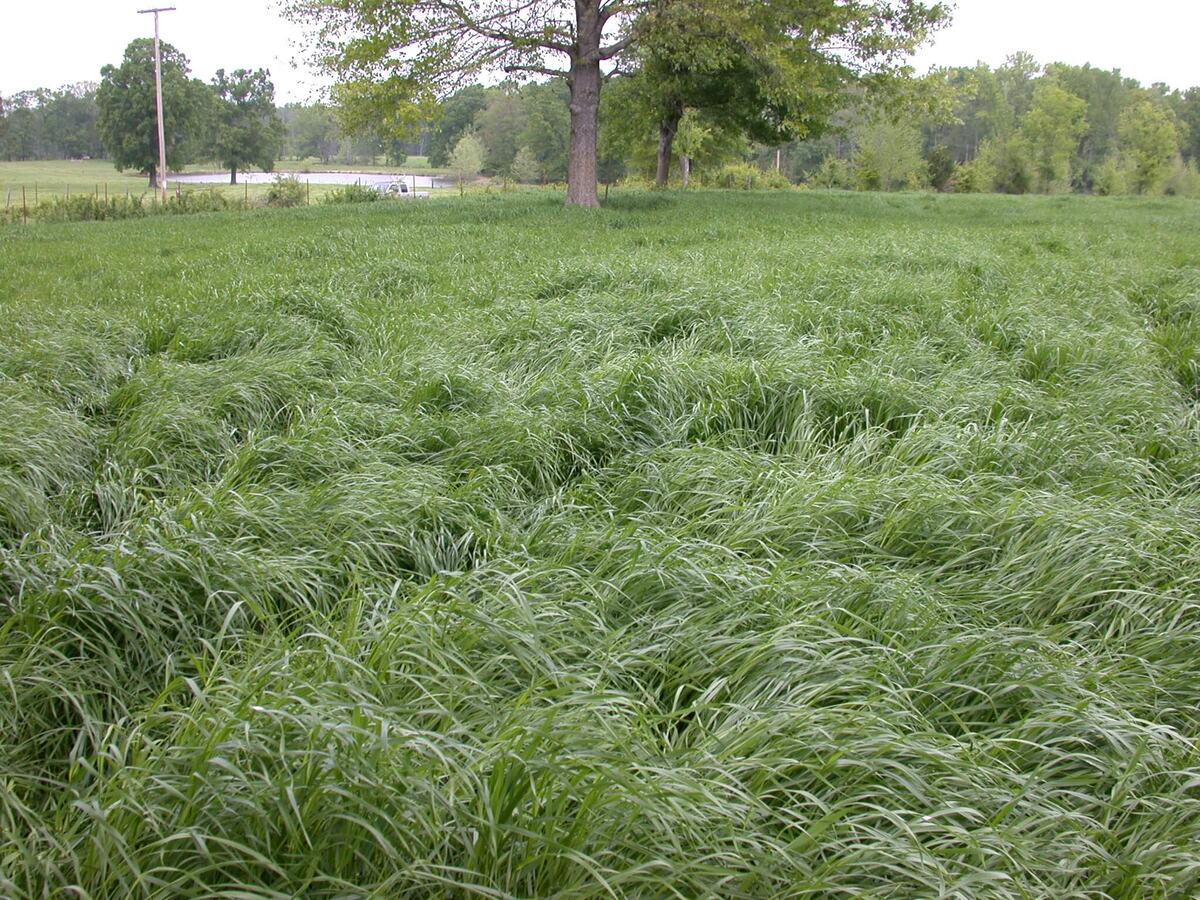
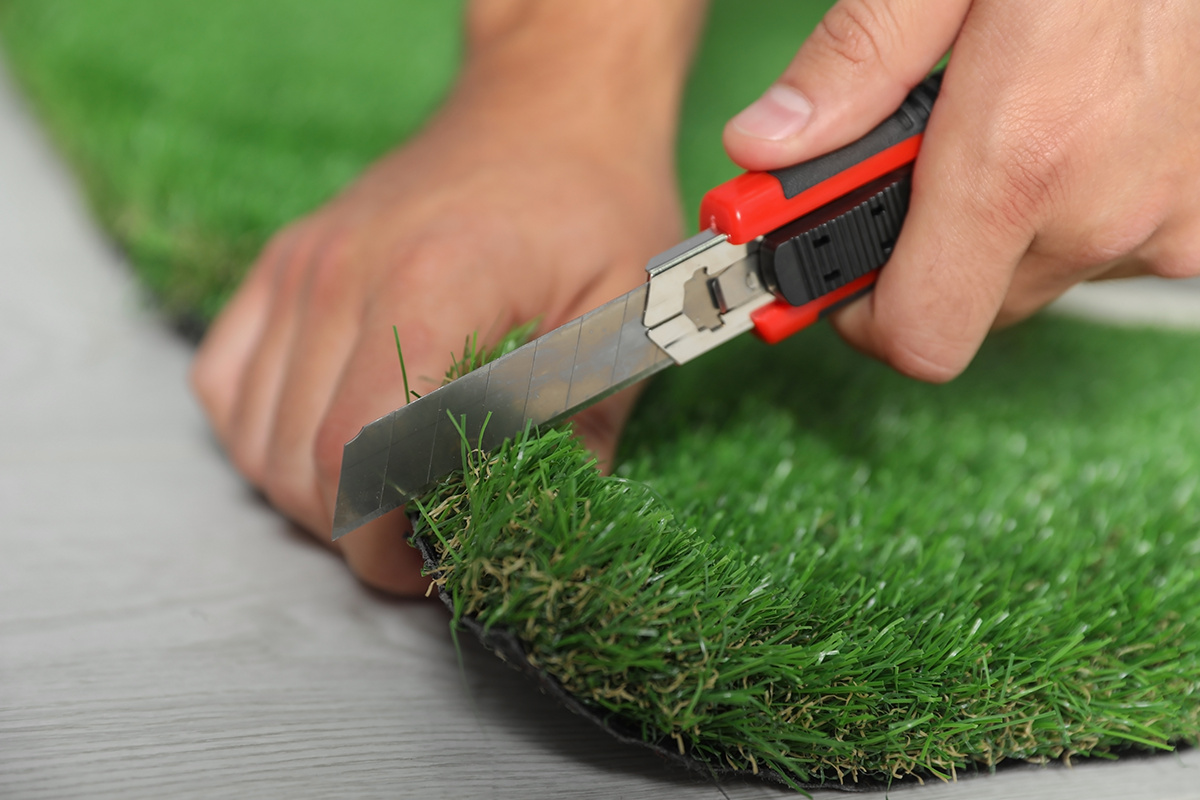
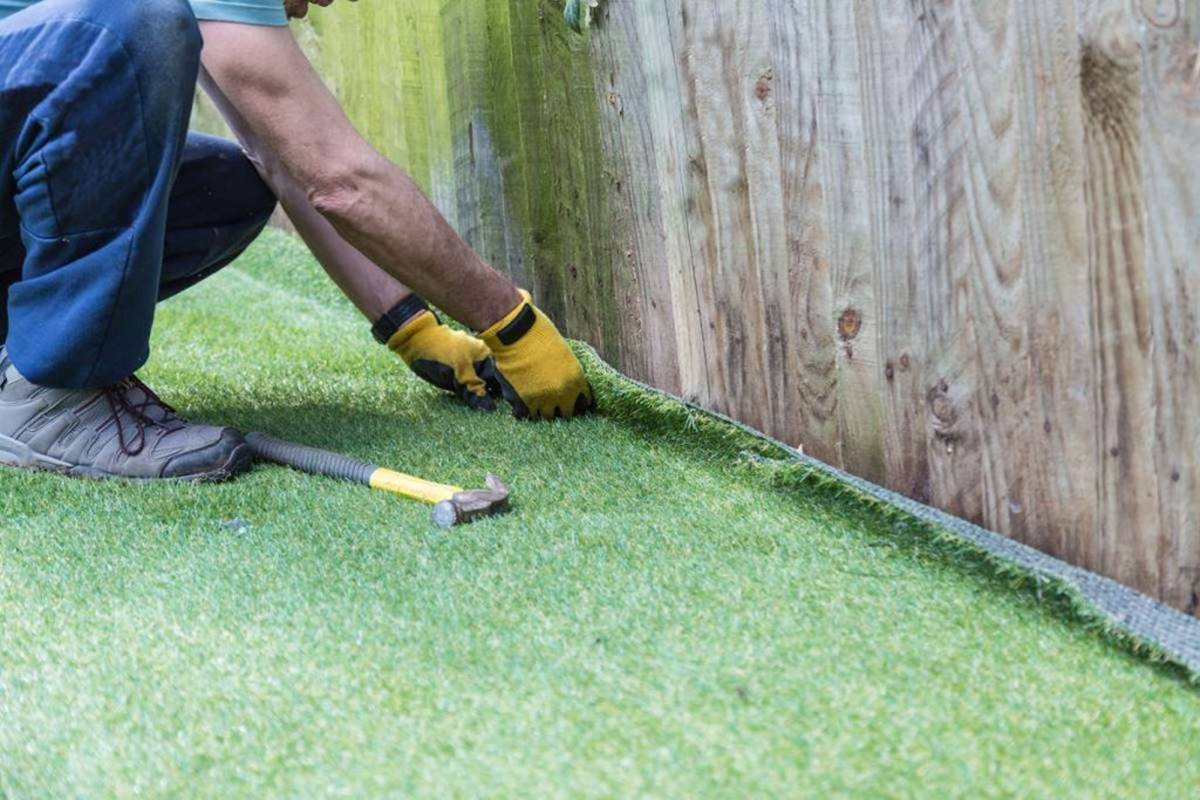
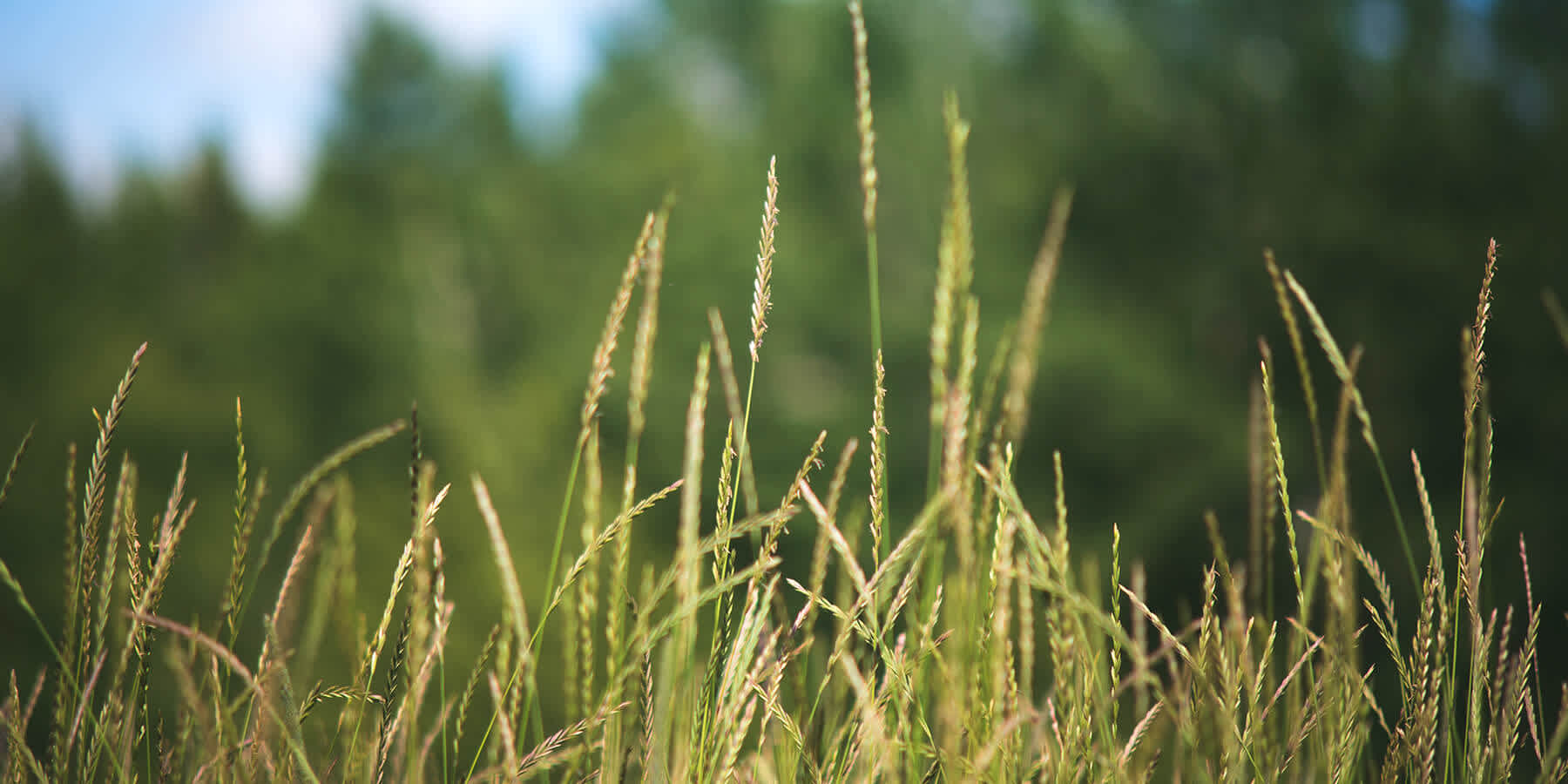
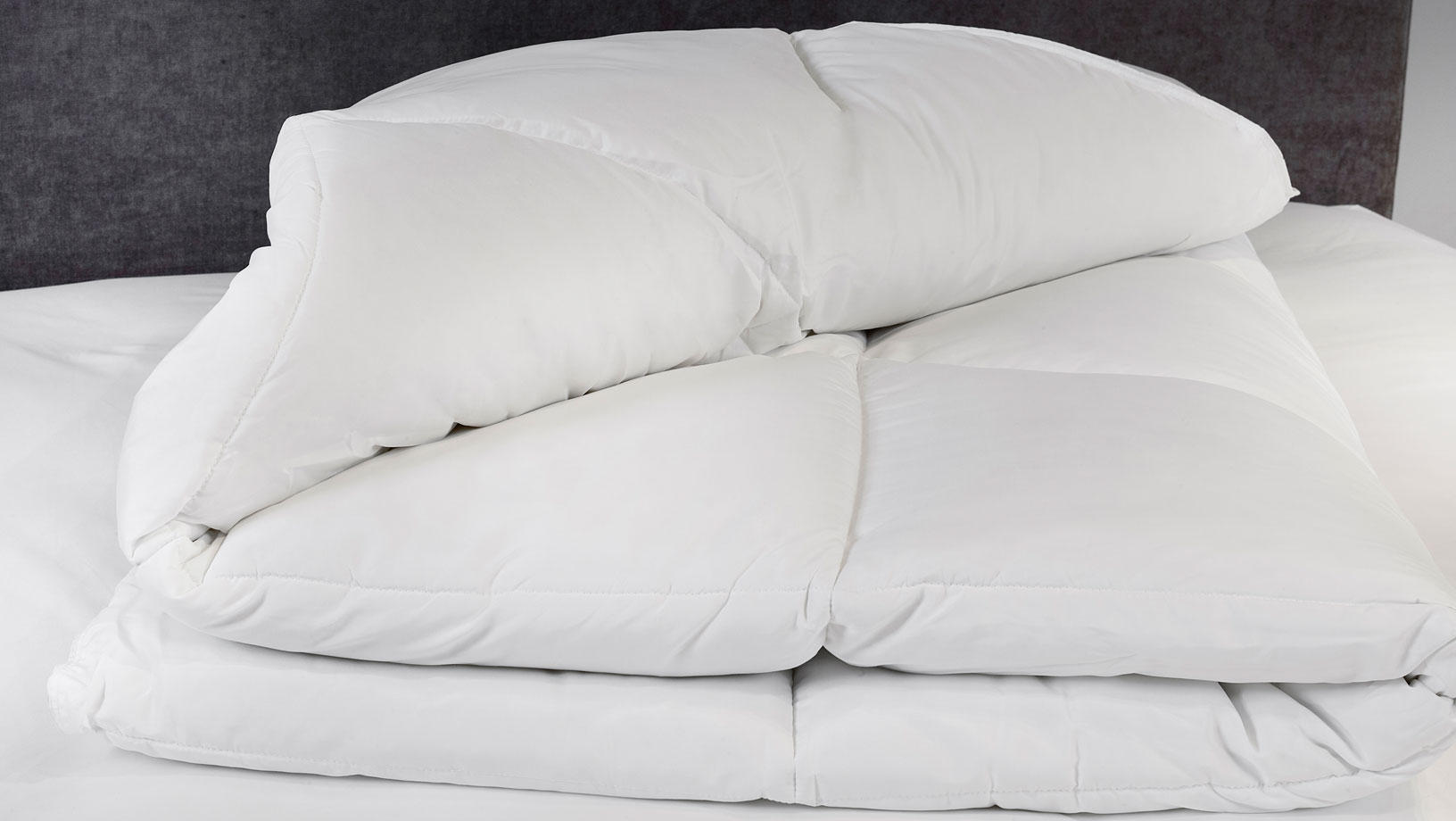

0 thoughts on “How Long Does Synthetic Grass Last?”